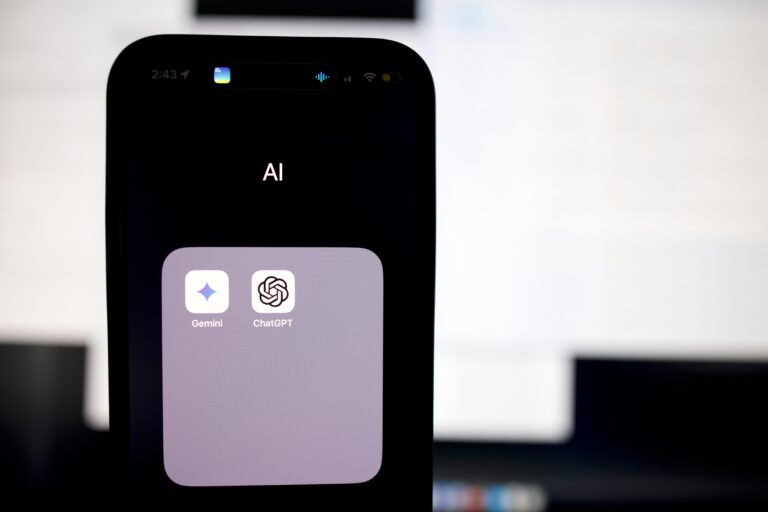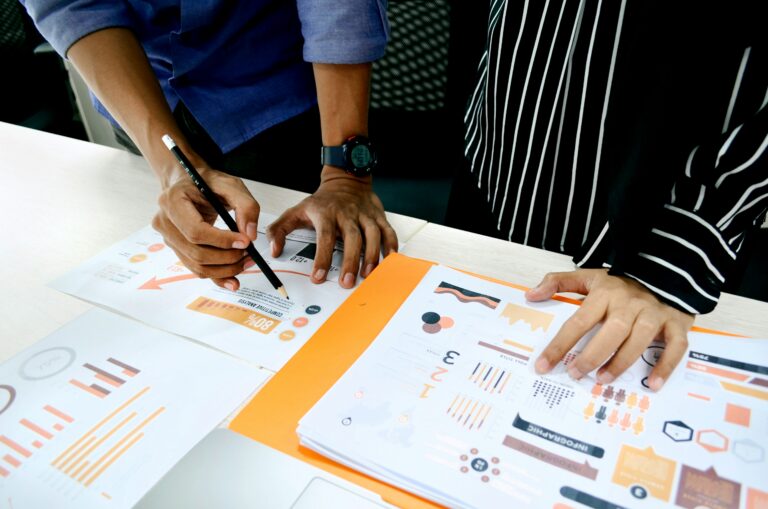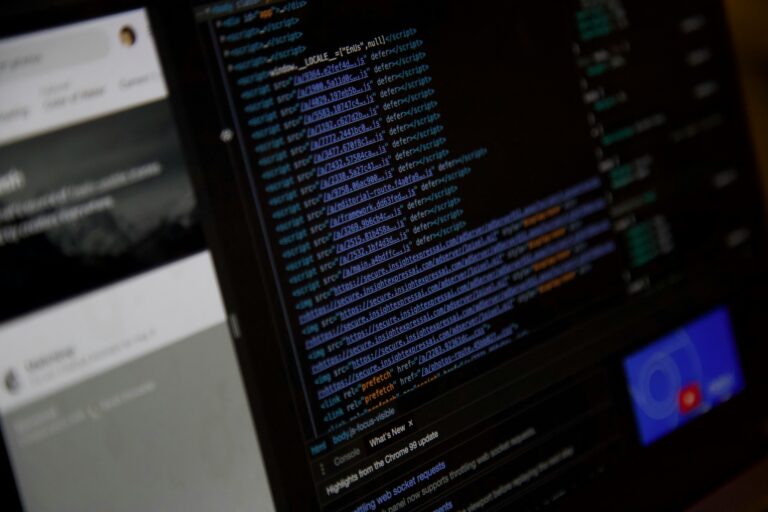Learn how testing effect benefits learning.
The study’s results confirmed the idea that the use of active learning practices like spacing and self-testing correlates with higher course grades. Additionally, the study found that the students who received the weekly study skills reminders from the instructor were more likely “to report use or adoption of spacing and self-testing compared to students in control sections without the intervention.”
At the Learning Agency, we were excited about the study since we’ve been developing a tool to give students the power of “learning to learn,” and we’re in the process of creating a mini-class on the science of learning that provides instruction on skills like spacing and self-testing.
As for the the study, it most importantly yielded particularly positive results for underrepresented minorities in STEM fields. For exactly, it find that underrepresented minorities typically under-utilize self-testing, but that light-touch interventions like the one used in the study can increase the use of self-testing.
This detail reinforces the theory that people of color benefit more from active learning interventions, and that these interventions could be used as one tool to help close the achievement gap in STEM fields.
–Eamon Ronan




2 thoughts on “Teaching Students Self-testing Boosts Learning”
Hi! The spaced learning is something I’m going to use next semester with my heat transfer classes. I’m interested in your tool and to know more about it.
I am not 100 percent positive, but ” spaced learning” may be referring to the old concept of massed versus distributed practice.